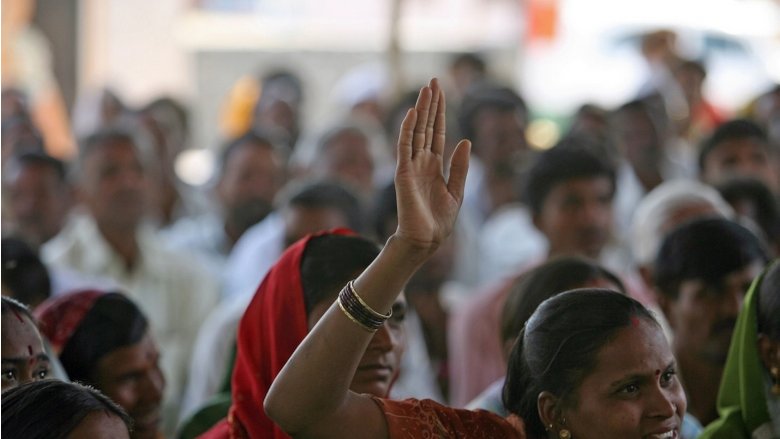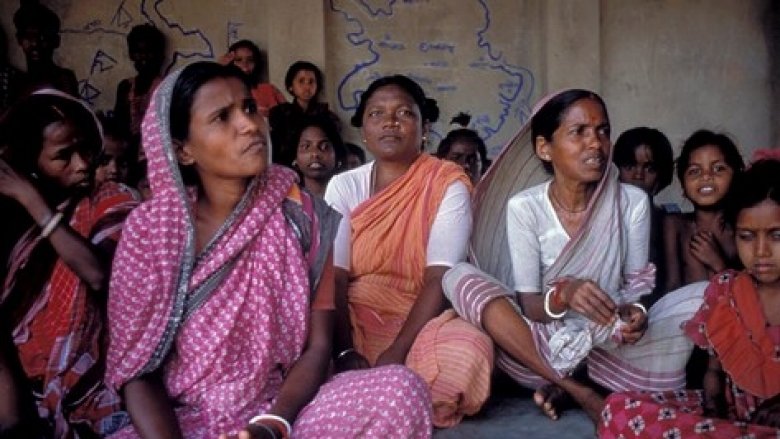Since the 1970’s, women’s groups have been a popular approach to promoting women’s economic empowerment in South Asia. One of the earliest and most well-known groups is India’s Self Employed Women’s Association (SEWA). SEWA’s approach has been expanded globally through women’s trade unions and cooperatives. Women’s groups are broadly defined as groups of individual women from a community convening with a common purpose. They include self-help groups (SHGs), livelihoods groups and producer collectives as well as groups formed with social action, health, and empowerment objectives.
A review of women’s groups in South Asia shows that groups can positively affect women’s savings, civic inclusion (meaning participation in political and social life), and social capital, but are less successful in improving incomes and labor market participation, especially among programs operating at scale. A recent evaluation of a self-help group credit program in rural India shows that groups can reduce the reliance on high-interest credit from informal moneylenders, as members borrow from the group’s pooled savings.
Yet, despite their growing popularity, little is known about the implementation models of women’s groups. Where information is available, it is often incomplete. Moreover, there is no systematic review of what works, what doesn’t, and why, across the spectrum of women’s groups models. Most evaluations, for example, use broad terms such as women’s groups or SHGs, without describing the wide variation in who is a member, why the groups were organized and how they function.
To address this gap, the South Asia Gender Innovation Lab partnered with the Evidence Consortium on Women’s Groups to map implementation characteristics of women’s groups in South Asia, focusing on groups that seek to improve economic outcomes.
What types of groups exist in practice: where to look?
The team used program and operational documents to document the types of groups that operate in South Asia. In previous reviews, the team relied only on research studies, which had very limited - if any detail – on implementation. To develop the typology, the team created a coding framework that tagged characteristics, such as program design, key activities, costs, and many more. Additional details on the typology can be found here.


